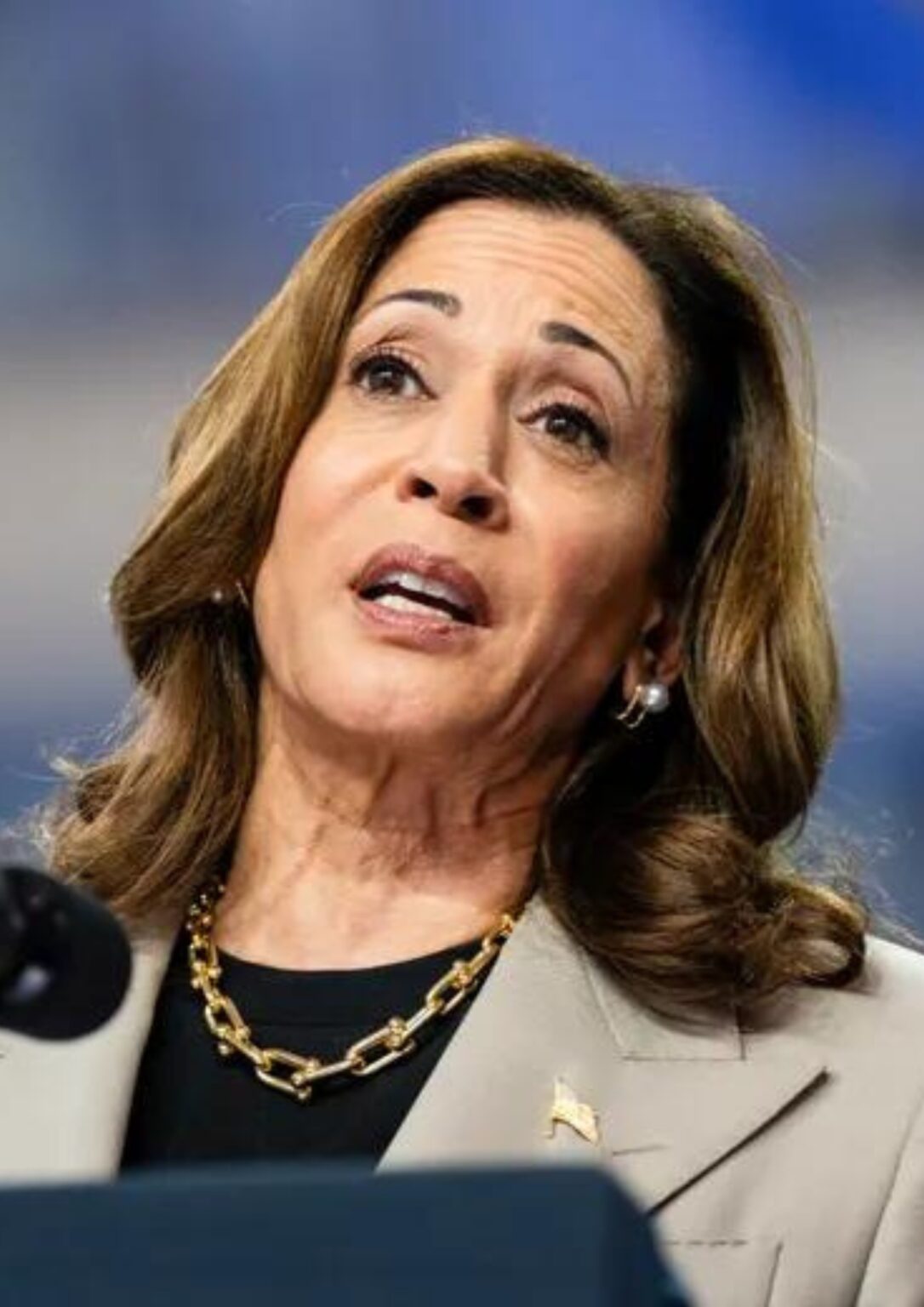Introduction: Understanding the Implications of Harris’s Price-Gouging Ban
The recent initiative spearheaded by Vice President Kamala Harris to curb price gouging has sparked intense debate across the nation. This policy, intended to prevent companies from exploiting consumers during times of economic distress, has drawn both praise and criticism. However, the discussion surrounding the ban has often been muddled with misconceptions. It’s crucial to dissect the actual implications of Harris’s price-gouging ban, clarifying what it truly represents and what it might mean for the economy, particularly for grocery prices.
Price-Gouging: What It Is and What It Isn’t
Price-gouging refers to the act of raising prices on essential goods to levels far beyond what is considered reasonable, especially during emergencies. While the term often carries a negative connotation, it’s important to recognize that not all price increases constitute gouging. Natural market fluctuations, driven by supply and demand, can lead to higher prices without any malicious intent.
Harris’s proposal specifically targets companies that exploit vulnerable situations, such as pandemics or natural disasters, to inflate prices unreasonably. However, this is not synonymous with the government imposing broad price controls across the board. The distinction is crucial because it shapes the potential outcomes of the policy.
Dispelling the Myth: Government Price Controls vs. Anti-Gouging Measures
A common misconception is that Harris’s ban equates to sweeping government price controls. In reality, the initiative is more nuanced. Rather than setting fixed prices for goods, it aims to establish guidelines that prevent unethical pricing practices during critical times. This approach allows for flexibility in the market while ensuring that consumers are protected from exploitative pricing.
The focus of Harris’s plan is on transparency and fairness. It seeks to create a framework where price increases can be justified by genuine market conditions rather than opportunistic behavior. This distinction is vital for understanding why the ban does not signal an overarching government takeover of pricing mechanisms but rather a targeted effort to safeguard consumers during crises.
The Potential Impact on Grocery Bills
One of the most pressing concerns surrounding the price-gouging ban is its potential effect on grocery prices. Supporters of the initiative argue that it will help stabilize prices by curbing excessive markups, particularly on essential goods like food and household supplies. However, the reality is more complex.
While the ban might prevent egregious price hikes during emergencies, it is unlikely to lead to an immediate reduction in grocery bills. The factors that influence food prices are multifaceted, involving everything from global supply chains to agricultural output. As such, while the ban could prevent the worst-case scenarios of price gouging, it may not address the underlying issues that drive up grocery costs.
Economic Ramifications: Short-Term vs. Long-Term Effects
The economic impact of Harris’s price-gouging ban will likely vary in the short and long term. In the short term, the ban could lead to increased scrutiny on pricing practices, which might deter companies from implementing steep price hikes during crises. This could provide some relief to consumers, particularly in emergency situations.
However, in the long term, the effects are less certain. Some economists argue that the ban could discourage businesses from entering certain markets if they fear penalties for price increases that are deemed unjustified. This could potentially lead to reduced competition, which might have the opposite effect on prices, particularly in the grocery sector.
Moreover, the ban could have unintended consequences on innovation and investment. If companies are concerned about the risk of being accused of price gouging, they may be less inclined to invest in areas where supply chain challenges are common. This could stifle growth and innovation in critical sectors like food production and distribution.
The Role of Consumer Perception in Price-Gouging Debates
Consumer perception plays a significant role in the debate over price gouging. Public outrage often drives calls for stricter regulations, but it’s important to differentiate between perceived and actual price gouging. In some cases, what consumers view as unfair pricing might simply reflect the realities of supply and demand in a strained market.
Harris’s ban aims to address genuine instances of exploitation, but it also runs the risk of fueling misconceptions about market dynamics. Educating consumers on the factors that influence prices, particularly in times of crisis, is essential for fostering a more informed public discourse on the issue.
Conclusion: A Balanced Perspective on Harris’s Price-Gouging Ban
In conclusion, Kamala Harris’s price-gouging ban is a targeted measure aimed at protecting consumers during emergencies. It is not, as some critics suggest, a blanket policy of government price controls. While the ban may prevent the most egregious cases of price exploitation, it is unlikely to result in immediate reductions in grocery bills or other living costs. The true impact of the ban will depend on how it is implemented and enforced, as well as how businesses and consumers respond to it.
As the debate continues, it is important for both supporters and opponents of the ban to maintain a clear understanding of its objectives and limitations. By focusing on transparency and fairness, the ban has the potential to create a more equitable marketplace, even if it doesn’t solve all of the complex issues that drive price fluctuations.


